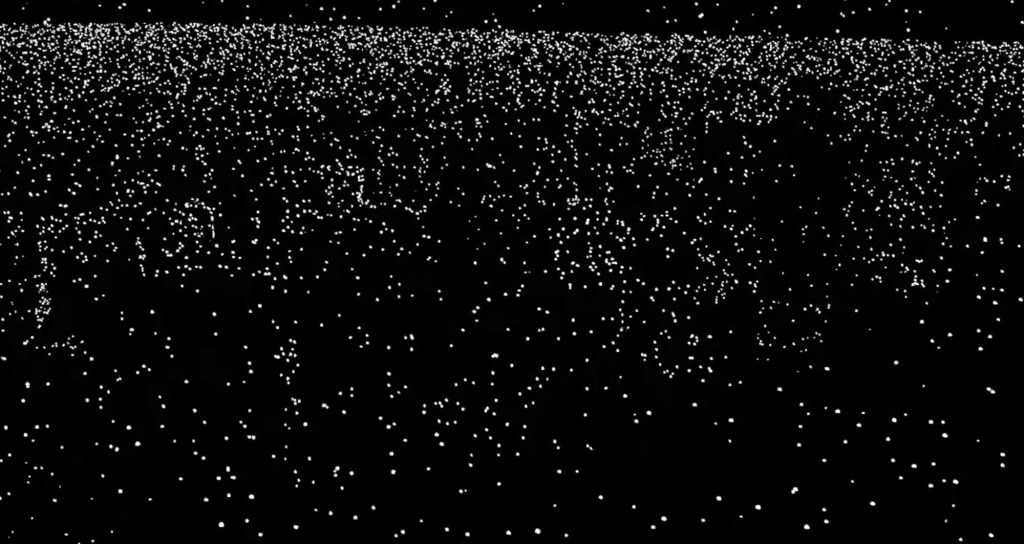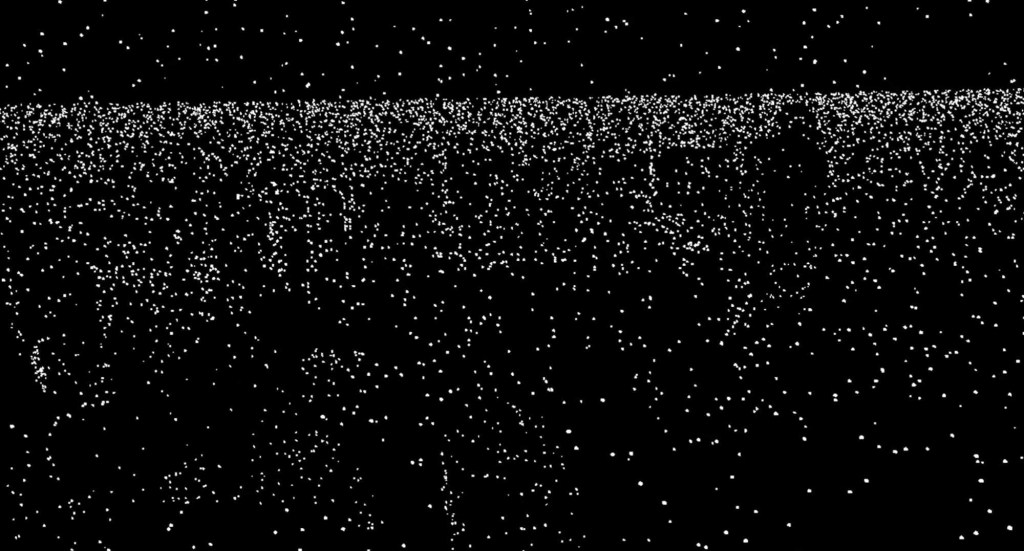Mind-altering moving image voted one of ‘best illusions of the year’
This image seems to mimic the effect of movement-based vision.
Puzzle lovers are questioning their vision after gazing at this trippy moving portrait, which seemingly transforms into different objects as the angle shifts.
[Warning: spoilers below]
“Contemporary animation brings to life the pioneering discoveries of structure from motion,” reads the description to the visual shapeshifter, which was the brainchild of illusion mavens Christopher Tyler and David Philips.
The perception-altering animation, entitled “Emergent City Flyby with Colossus,” was a finalist in the Nueral Correlate Society’s 2021 Best Illusion Year Of The Year contest, an annual competition celebrating the “world’s premier illusion creators.”
While stationary, the composite appears to depict myriad different star-like lights with seemingly no discernible shape in sight. However, then the angle shifts, whereupon a sprawling nighttime cityscape incredibly materializes before the viewer’s eyes, before reverting back to abstract shining dots when the image stops moving.
The retinal fireworks display ends with a grand finale: the camera pans to the sky above the metropolis, where the giant bald-headed being can be seen turning to face the camera.
This constellation-esque image then vanishes back into the background after becoming stationary, seemingly mimicking the T-rex’s movement-based vision from “Jurassic Park.”

The visual trick works by employing the principal of motion parallax, a visual “depth cue arising from the relative velocities of objects moving across the retinae of a moving person.” It’s the reason why when we’re traveling in a car or train, closer objects appear to go by faster than those in the distance.
“Much of the visual system is concerned with the detection of edges as a basis for seeing structures, but motion parallax provides complex object structure without explicit luminance edges or other depth cues,” the illusion’s creator’s write on the site.

By using this concept, the aforementioned moving picture reveals the “immediacy of our visual capability to perceive complex scenes from motion information alone.”
This isn’t the first optical illusion to boggle puzzler’s minds. Last week, brain teaser buffs were worn to a frazzle over this trippy illustration, in which the colors disappeared when the viewer stared for too long.
Read the full article Here


